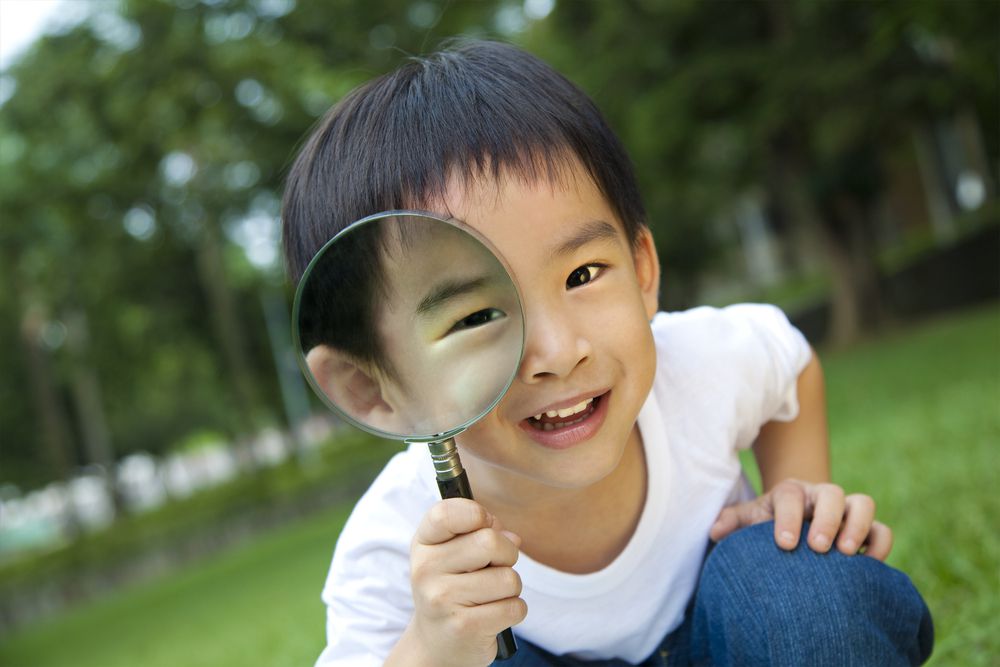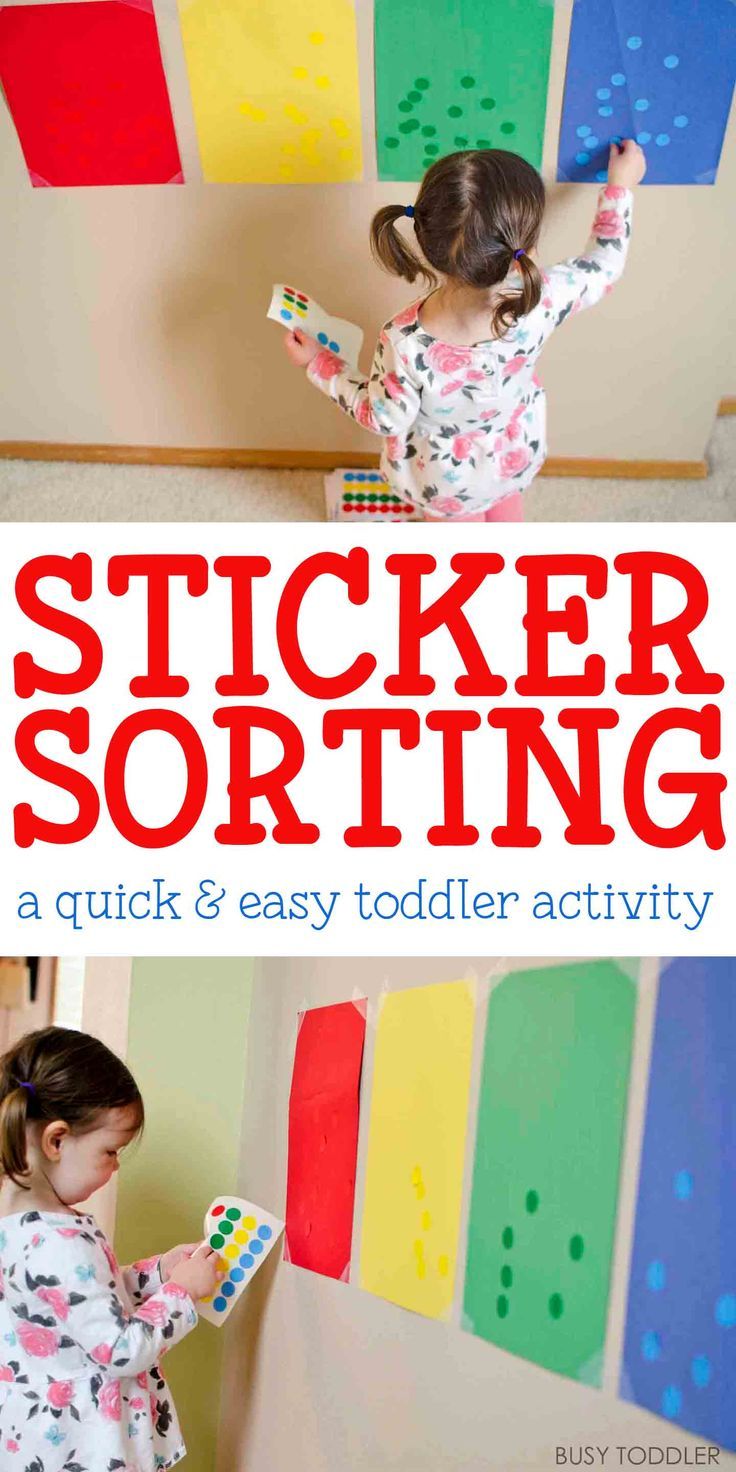How to Master kids learning methods in 6 Simple Steps
Examine This Report about Inspiring At Home Learning Activities For Kids
https://www.youtube.com/embed/PrHUnAhOY4I
.
Your kid can sort the items (by color, size, pattern or any method they like), make patterns with them or develop their own game. There are heaps of possibilities and no ideal responses; this kind of play blends rational thinking and mathematical reasoning with imagination. For additional fun and challenge, usage tweezers or clothespins to get the https://diigo.com/0jjxpg items.
Similar to tie-dye, but without the tying, just use paper towels and a few colors of either watered down food coloring or liquid tempera paint to make wonderful styles. What to do: Fold a paper towel till it's the size of cracker, then dip it into the paint till saturated, dipping each corner into a different color.

Be prepared for repeating as children try out different ways to fold the paper and admire the charming results. When dry, the paper towels can be strung together and hung up, or taped to windows for a stained glass-like impact. Each gamer gets a notepad, makes a squiggle on it, then trades with someone.
Activities To Keep Kids' Brains Active In Summer Fundamentals Explained
The charm remains in the simplicity, as children see that you can turn any mark into art. It's fun for the grownups to see what kids create, too! Yep, just make your own books. Kids have so numerous stories to tell, and only need help composing all of it down.
After the story is composed, return and read it to the child so they can highlight each page. This basic activity constructs self-confidence, self-esteem and literacy abilities. Recycle your old magazines and work out the imagination, all in one! Let children select and cut their preferred pictures out of magazines (or assist them).
Scissors and glue are a must; markers, crayons, oil pastels, sticker labels and shine are optional. In addition to magazines, recycle covering paper, postcards (you know, like the ones for take-out pizza), tissue paper and (clean) cotton balls to make even grander productions. If you have old, broken crayons hanging around, then you have an instant craft project! Reuse those old crayons by making them new again.
Let cool, then stick them in the freezer to make it simpler to pop them out. Just turn the pan over and you'll have brand-new cool, round crayons. Keep in mind: When the crayons are fresh out of the freezer, they may not color well. Warm them up in your hands to get them going.
How Learning Games And Activities For Kindergartners can Save You Time, Stress, and Money.
There are many possibilities for characters, from animals to superheroes, and great deals of variations in how to make them. Kid's masks can be made out of various types of paper or fabrics, and either tied with elastic or glued on to a craft stick to hold up. The grownup will most likely need to measure where the eyes should be cut out of the paper or material, and how long the elastic ought to be to go around the kid's head.
" Would you like spaghetti or peas?" my child asked. "Oh, peas, obviously." I responded. She placed on her apron and started working in her play kitchen to get the plastic food ready. We were playing dining establishment. And as she created a menu and set the table, I recognized a lot of skills were being practiced even while we were "playing." Learning can take place in a range of ways and I began to think of instructional activities that could feel like play to kids even throughout those times we are stuck at house.
However what if there were other ideas that could motivate finding out for our children that didn't feel like institutional education? There are schools of idea (forgive the pun) that believe a way to find out is to allow a " trainee's interest to drive the path of learning" such as in unschooling.
These ideas engage covert passions or smarts that kids have by doing instructional activities outside of the paper and pen curriculum. If we open up our concept of what knowing can be, we may be shocked at the variety of alternatives. Here are some fun, instructional activities your kids may like to try.
10 Easy Facts About Learning Activities For Kids Of All Ages Explained

Enjoy fresh air and take a walk. If you are with a young child, can they mention any animals or plants they acknowledge? What about colors of the vehicles or homes? An older child might notice the weather. What kind of formations are they seeing? Can they draw them for you? Possibly they can movie themselves, like the reporters on the news and share present weather updates.
Simple games of finding letters on license plates or street indications can be engaging. Making up stories about what goes on inside the structures or automobiles you pass can be amusing activities while still informing the brain. Older elementary or intermediate school children might like to develop target practice outside that they hit with nerf guns, balls or even pennies.
And Halloween isn't the only time for a maze. Is there a space where they can make a labyrinth out of cardboard or sheets hung up? Is there a treasure at the end they can put for any relative who make their way through? Or maybe it is an challenge course.
Highlight photos or go on the internet to seek genealogy. Another enjoyable activity is to discover the prices of things from the past. Just how much did bread cost during their parent's time, their grandparent's time and even their great-grandparent's time? What was the style like? Another enjoyable place of learning is talking with grandparents over the phone or web.
All About Fun Educational Activities For Children At Home
If your teen has a desire to take a trip, have them prepare a family holiday or the journey they desire to take when they graduate. Consist of the budget and any constraints. Then they can provide it like they are offering the concept to a board of directors. They ought to use PowerPoint or video discussions with precise locations, best time to take a trip, and things to see with images and websites.
Last updated
Was this helpful?